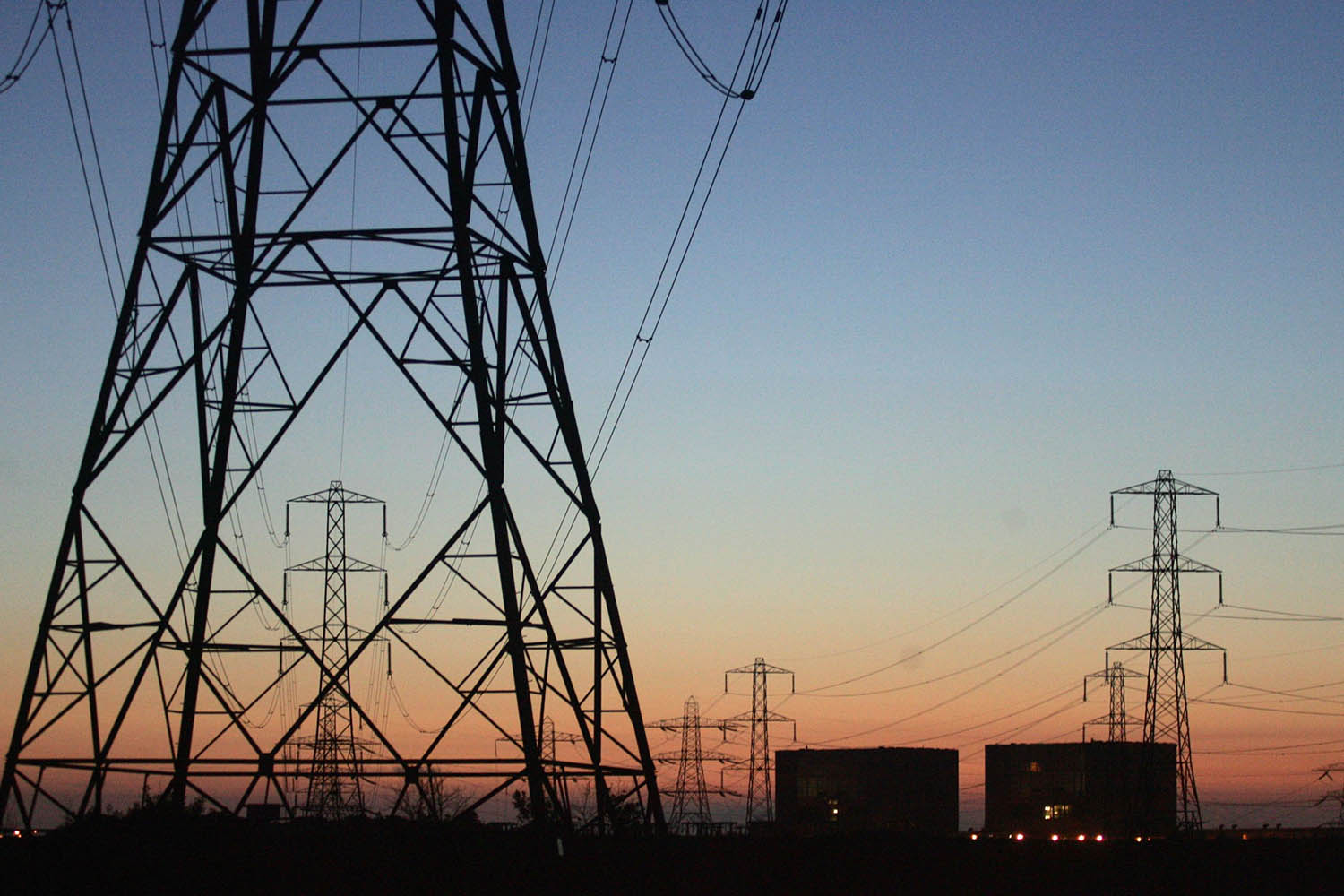In April, engineers dismantled Scotland’s oldest pylon route. The line of 62 steel towers near Glasgow had stood unaltered since 1929, testament to the resilience of Britain’s power grid over the last century.
That is changing. Labour’s plan to decarbonise the grid by 2030 is putting strain on the system. New windfarms in Scotland will need to send far more electricity south, where there is the most demand, requiring a vast upgrade of Britain’s ageing network of pylons, substations and transformers to carry that power.
Of the three companies that own the transmission grid, National Grid plans to spend £35bn on upgrades over the coming years, SSE is budgeting £31bn and ScottishPower £10.5bn.
It is “tantamount to rewiring Britain,” said Keith Anderson, boss of ScottishPower. “The current system has not been massively expanded or invested in for a considerable time.”
AssetCool, a Leeds-based startup, thinks it can help. While huge, costly pylon projects inch through the planning system, AssetCool’s robots can apply a special coating to existing power lines that slows the heating process, allowing them to carry up to 30% more electricity.
Co-founder Niall Coogan said the work comes at a fraction of the cost of replacement lines, and takes “months, rather than years as some of the big infrastructure projects do”.
AssetCool recently raised a £10m funding round and is part of a growing band of firms including battery storage, data and robotics startups seeking to disrupt the energy industry at what Coogan calls a moment of “generational change”.
Interventions like these cannot come soon enough; it is not just renewable energy that will warrant network upgrades, said Anderson. Labour’s promise of growth, fuelled by housing, manufacturing and AI datacentres, will require vast amounts more grid capacity.
“We have been living off the infrastructure that our fathers and grandfathers built,” Anderson said. “Now we need to make it fit for the next century.”
Photograph by Matt Cardy/Getty
